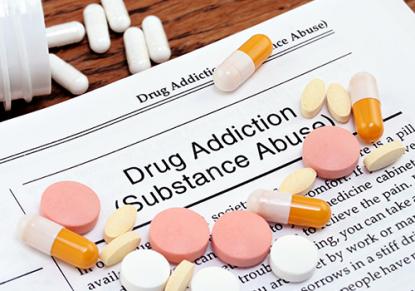The individual’s severity of an amphetamine withdrawal mostly depends on the level of severity of the individual’s addiction. Once an individual stop’s using amphetamines they will experience the acute withdrawal stage that constitutes an initial set of withdrawal symptoms that generally last from two to ten days.
The acute withdrawal time is the hardest for the rehab patient. During this time, they will experience the worst physical withdrawal symptoms such as agitation, hypersensitivity, body tremors, aches and pains, nausea, cravings, sweating, dehydration, elevated heart rate, heavy breathing and lack of sleep.
With a long term and chronic amphetamine abuse, the acute withdrawal phase will be followed by a protracted withdrawal phase. The protracted phase of withdrawal is caused by long term and chronic amphetamine abuse and can last for up to six months.
While the physical withdrawal of the acute stage is uncomfortable, the amphetamine addicts’ risk of relapse is higher during the protracted stage because of emotional unrest. During this time the addict may experience severe depression without any ability to experience joy, as well as bouts of anxiety, insomnia, fatigue, muddled thinking and a lack of impulse control including strong cravings for amphetamine.


